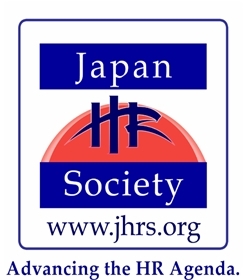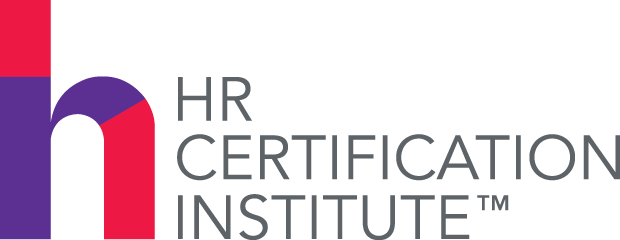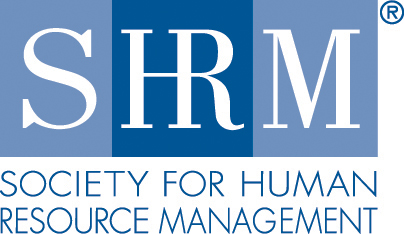Skills trainingis measured by how well the participants apply the newly learned skills when they return to their jobs. Although training technologies have effectively improved the quantity and quality of skills learned in training, disappointingly few skills are actually implemented on the job.
What can managers and trainers do to ensure that the employees apply the skills they learn in training?
To ensure that trainees apply new skills on the job, managers and trainers must enforce these learned skills before, during, and after training. In doing so, managers ensure that the proper skills are in place In this report we will address how to develop your staff training and development program.
Training and development should be continual, so we will focus on :
- Preparing a training and development program
- Conducting the training and development program
- Maintaining a training and development culture
Download this report from The JHRS Knowledgebase under the "Training & Development" sub-folder. (Requires Professional Level access.)





